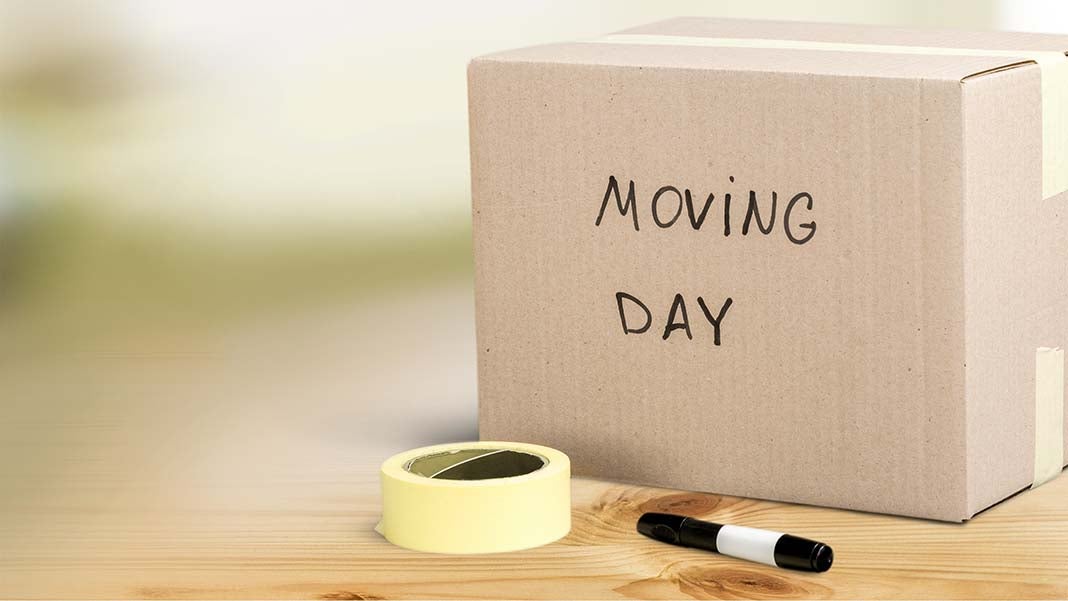
Office relocation can be an exciting, but challenging maneuver. As a small business owner, you must balance staff productivity and continued operations with the process of executing a seamless transition.
This balancing act is easier said than done, but a strategically planned office move checklist can make all the difference. Here are a few tips for organizing your office relocation checklist and executing a moving day strategy.
Communication is Key
Communication is key when it comes to executing an efficient office move. Office relocation is a disruption, and it is your responsibility as owner to craft a communication strategy that can ease the anxiety or excitement of your team. Additionally, you’ll need to maintain communication with external stakeholders like customers and moving coordinators.
Everyone involved in the moving process should have a clear timeline for the move. These target dates and associated details should be communicated clearly and via multiple channels. For your employees, this means hosting face-to-face meetings to cover the moving strategy as well as posting memos, sending emails, or other tech-related reminders.
For your customers, you’ll want to encourage staff to share the news via their voicemails, email auto-responses, and on the company website and other mediums. Sending out a business relocation letter to your customers and vendors is also a good idea.
Regardless of how many people are involved in the move, communicating early and often is the best policy and ensures everyone is on the same page.
Assign Leaders
Creating a staff assignment sheet with a designated leader is always a good idea. This step reduces miscommunication and provides an area of focus in an otherwise overwhelming process. The team leads can focus on a portion of the move and can lead their department through getting a series of specific tasks completed. This checklist item also divides the work and allows everyone to take ownership of the moving process.
Invest in Proper Packing Equipment
Proper packing materials should be at the forefront of your “moving offices checklist.” As a small business owner, you’ll be moving a lot of important documents as well as a variety of expensive equipment. Safety and security are important not only for the tangible items, but also for your employees. You’ll want to invest in proper packaging, sturdy boxes, and labeling devices.
You might also consider purchasing labels that clearly mark which items will stay and which will be transferred to the new office. Crafting a color coding system can be beneficial for both internal staff and the external move coordinators.
Space Planning
Space planning is another checklist item to consider during the moving process. Moving offices is a great opportunity to evaluate the culture of your organization and identify ways your new space might enhance existing cultural norms.
You might use the move as a chance to create more alignment and team-building between departments or provide a more collaborative forum for innovation and creativity. Fire code regulations cannot be overlooked wither.
Case in point: Do your research regarding office trends and look for ways to maximize space and create a positive working place for your employees.
While space planning is a great chance to revamp the culture of the organization, you should also consider more practical things like dimensions and functionality. It’s a good idea to review the dimensions of your new space and begin crafting a plan for office assignments, new furniture and spacing for the common areas. Whether you keep existing structures or create a new layout, planning for your new space will save time and avoid any unnecessary confusion when moving day arrives.
Clean-up
Finally, you’ll want to have a plan for your vacated space. There are many things to consider during this phase of the process. You’ll want to shred old documents and have a plan in place for archiving.
You’ll also want to schedule a vendor to clean the place as well as a vendor for hauling old signage, furniture or any other items left behind. You’ll need to set a date for a walk through with the landlord, and you’ll want to cancel any utility or security services. This is the final phase of your move, but it’s a vital step in the process.
This list of items provides a high-level overview of the strategic components involved in a solid relocation checklist. Obviously, each move is unique and requires additional details or planning, but these elements form the foundation of a smooth transition. You’ll be happy you took the time to prepare for moving day and you’ll power through the process with ease!












